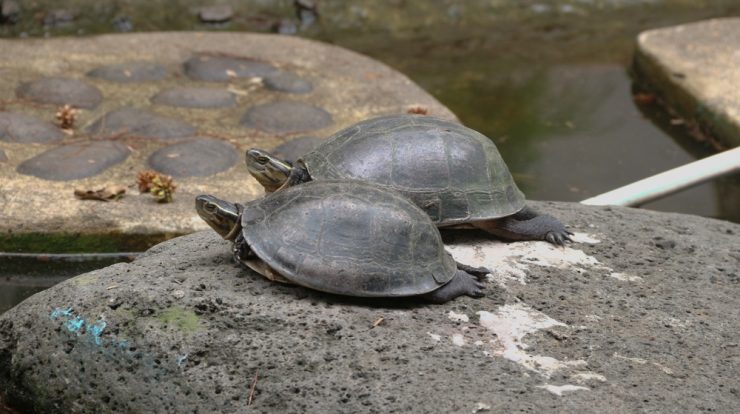Seven years ago, scientists at the University of Bristol (United Kingdom) announced that they had developed a prototype for turning nuclear waste into diamonds, perhaps solving part of the problem of storing this waste and providing a more efficient energy source.
This discovery led to the Organlight company, however, which now faces competition from NDB, which has even bigger ambitions.
read more:
Nuclear power plants produce many radioactive isotopes, and trying to use them to fuel reactors has proven more difficult and expensive than expected. One of these problematic isotopes is carbon-14, which has a half-life of more than 5,700 years. However, both Arkenlight and NDB are exploring the potential of turning this waste into diamonds into long-lasting batteries.
Arkenlight: Applications where replacing batteries is difficult
- The Arkenlight team’s initial idea was to use diamond batteries in volcano monitors or undersea conditions where battery replacement would be very difficult;
- They also propose using these batteries to monitor the interior of nuclear waste storage sites;
- The company continues to look for improvements, such as replacing nickel-63 with carbon-14, which is more durable;
- And, surprisingly, they also envision the possibility of using these batteries in the brain to power artificial neurons;
- However, all of these applications aim to consume a small amount of energy.
- The NDB, on the other hand, claims to have improved on the original research by using microdiamonds around the radiation source to dissipate heat and increase safety;
- Also, they claim to use different radioactive isotopes, not just carbon-14;
- However, there are doubts about the viability of NDB’s proposed applications, such as replacing lithium-ion batteries in cars and mobile devices;
- The company offers its products as a solution for powering data centers during external outages.
However, there is a fundamental problem, step IFL Science: If the isotope used had a long half-life like carbon-14, the amount of energy produced would be so small that it would be impossible to power a smartphone and a car would be impossible even with thousands of batteries.
Isotopes with short half-lives can produce a lot of energy initially, but this quickly depletes and is not as easy to recharge as current batteries. The NDB has yet to explain how to resolve this issue.
Despite doubts, some sources believe that NDB could be the next big innovation in energy storage, however, it is better not to create exaggerated expectations before all questions are clarified.


